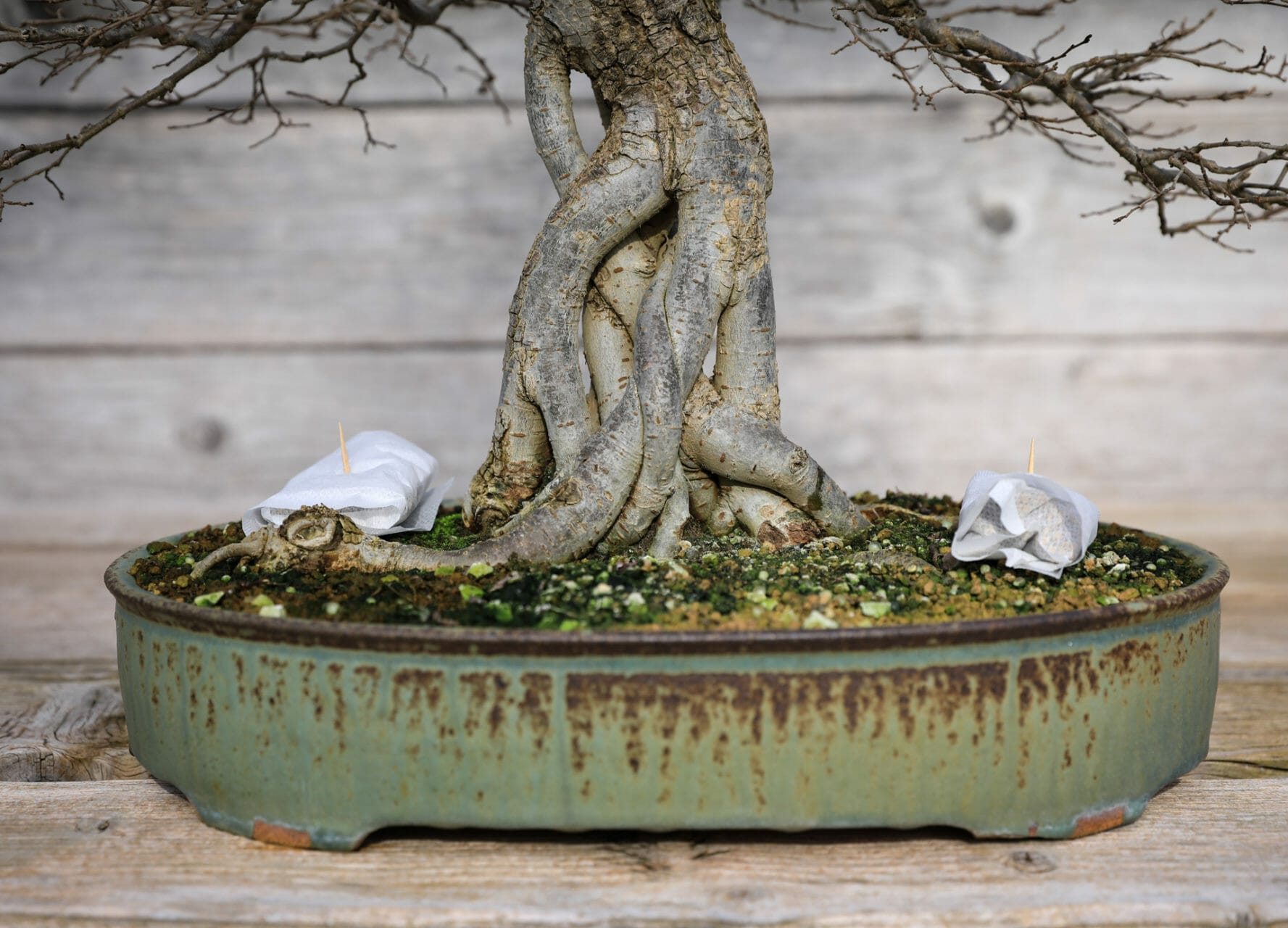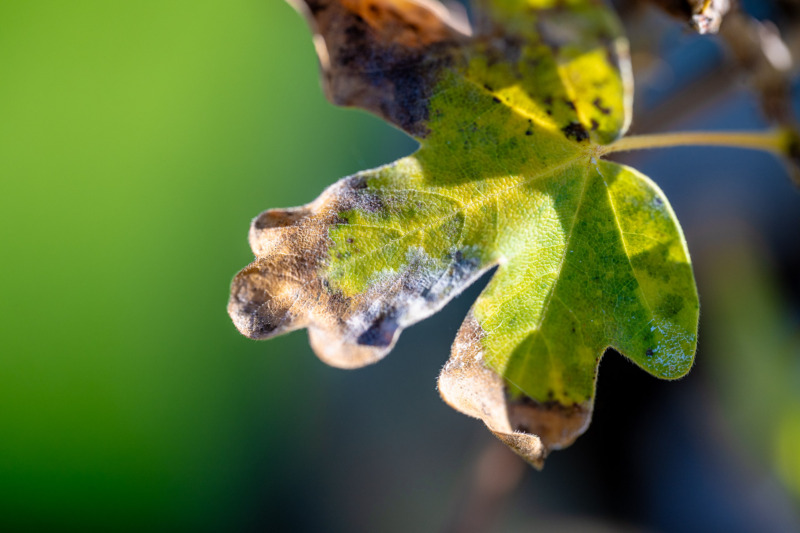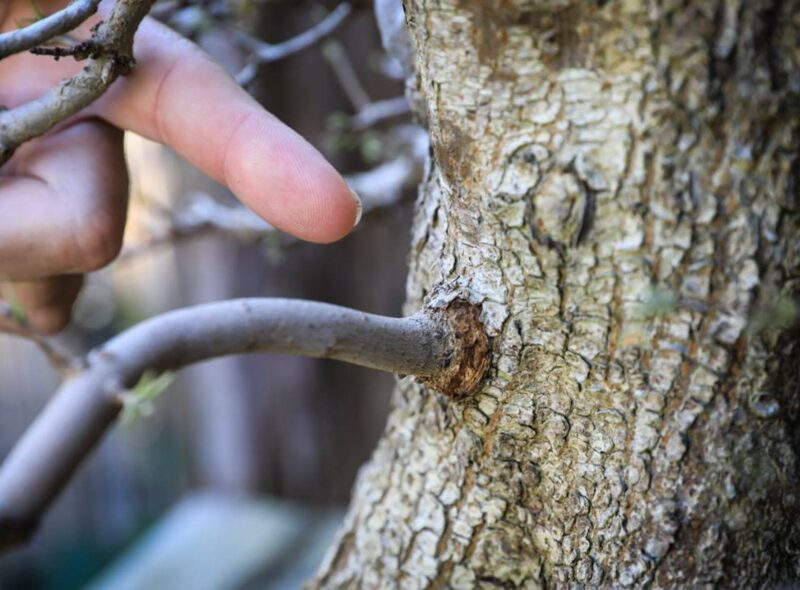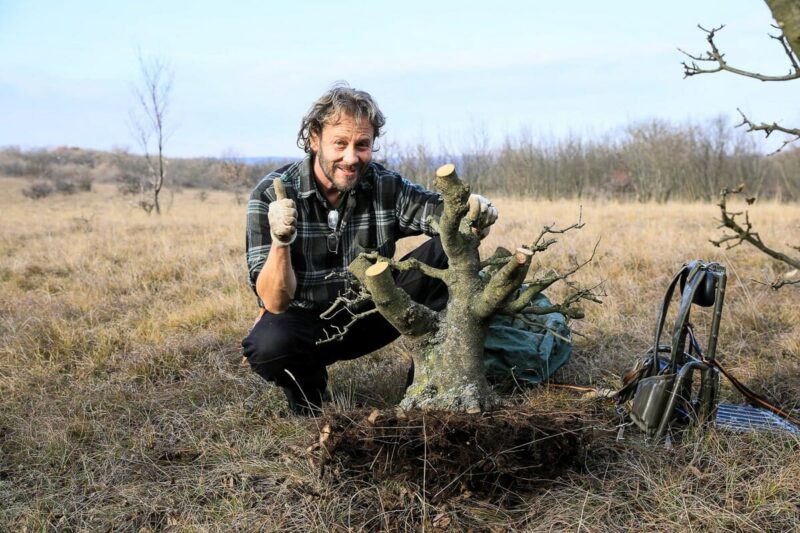Categories
Tags

Oxygen is very important for root growth. If you use a soil mixture with a smaller grain size, i.e. with a lot of zero particles, the soil becomes compacted and does not allow oxygen to reach the roots. Oxygen, however, promotes fine root growth. It is also important for the growth and health of the plant that the acidity of the soil is correct. Most plants require an acidity of neutral value. The value is measured in pH and is pH 6.5 – 7.5, with the exception of bog plants, which need acidic soil and whose value is between pH 5.5-6. The pH value is a measure of the concentration of free hydrogen ions.
It is mistakenly thought that fertilization is also the plant’s food. However, it is true that the plant produces its own food, carbohydrates in the form of sugar, through photosynthesis.
The plant produces glucose (sugar) through a chemical compound of hydrogen, oxygen and carbon.
But a plant that is not planted out freely, i.e. in a pot or container, cannot survive on glucose alone. It also needs additional nutrients, i.e. fertilizer.
The optimum soil mixture for bonsai cultivated in a pot only has a low nutrient and mineral content, which is only available to the plant for a limited time. Proper fertilization is required to control the growth and health of a bonsai.
Conventional mineral fertilizers can usually be used and are immediately available for the roots of the bonsai, but there is a risk of over-fertilization and salt damage can occur in the root area.
For a plant to be able to absorb a mineral fertilizer, the salt content of the plant must match the salt content of the soil. To compensate for the difference between soil salt and the salt content in the plant, the plant dilutes the soil with its water balance.
Organic fertilization would therefore be more beneficial for the bonsai than mineral fertilization. With the right organic fertilizer, soil salinization is not possible.
(Fe) Iron, required for chlorophyll synthesis. In nature, IRON occurs in rocks as sulphates.
(N) nitrogen, is responsible for growth. In nature, NITROGEN is 78% of the air.
(P) Phosphorus, responsible for metabolism, flower and fruit formation. In nature, PHOSPHOR occurs in organic waste.
(K) Potassium, responsible for metabolism, thinning and frost resistance. In nature, potassium is available in minerals.
(Ca) calcium, responsible for cell structure and root growth. In nature, CALCIUM is found in rocks as sulphates.
(Mg) Magnesium, component of chlorophyll, important for protein biosynthesis In nature, MAGNESIUM occurs in rocks as carbonate.
(B) Boron, is important for carbohydrate metabolism and the structure of the cell wall.
(Cu) Copper is a component of some enzymes and is involved in protein synthesis.
(Mn) manganese, controls many metabolic processes. Irregular brown spots on the leaves can indicate this manganese deficiency.
(Zn) zinc, controls the activity of certain enzymes, the formation of hormones and is involved in photosynthesis.
(CO) cobalt, is required by the nodule bacteria for the formation of atmospheric nitrogen.

Category
Editor

Category
Editor

Category
Editor